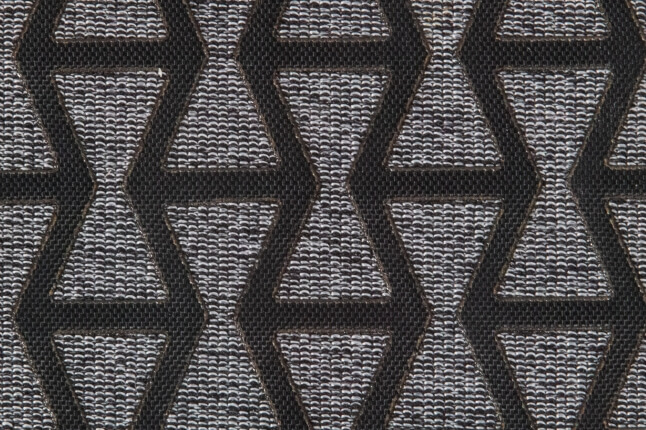News
Since its discovery in 2004, graphene has largely been known for its quantum properties. But recently, researchers discovered that electron flow in graphene at certain temperatures could be described using the very classical laws of hydrodynamics.
“People observed that electrons in graphene flowed collectively, akin to water in a pipe,” said George Varnavides, a Fellow in Materials Science and Mechanical Engineering at the Harvard John A. Paulson School of Engineering and Applied Sciences (SEAS). “This was exciting not only because it provided a new playground to study electron interactions but also because it could also provide a new way to control electrons.”
Since that initial discovery, researchers wondered if the behavior could be replicated in other quantum materials.
Now, a team of researchers have classified different types of hydrodynamic behaviors which could arise in quantum materials where electrons flow collectively. This research opens the door to studying exotic physics and electron hydrodynamics in a range of new materials beyond graphene and paves the way for potentially interesting applications for extremely energy efficient electronics.
The research is published in Nature Communications.
“Hydrodynamic behavior is present in way more materials than graphene. In fact, graphene is one of the simplest materials in which to explore hydrodynamics,” said Prineha Narang, Assistant Professor of Computational Materials Science at SEAS and senior author of the study.
The Harvard researchers, in collaboration with colleagues at the Massachusetts Institute of Technology, and the Flatiron Institute in New York, found that symmetries in crystalline materials influence the viscosity and momentum of the electron hydrodynamics and lead to unconventional electron fluid behavior not typically seen in classical fluids.
While electrons in graphene flow like water, in other two-and three-dimensional materials, the symmetry and directionality of the crystal changes the viscosity of the electron flow.
"While everyday experience tells us honey is more viscous than water, it doesn’t matter which direction the glucose molecules are facing," said Varnavides. "By contrast, all physical properties of crystals - including the effective electronic viscosity - must respect the crystal's symmetries."
“We found that the less symmetry you have, the more opportunity you have to see weird, exotic fluid flow,” said Narang. “The flow of water through a pipe is cool but what is even cooler is if you can see different types of couplings because of this low symmetry. That’s exactly what we predict in this research.”
The research was co-authored by Adam S. Jermyn, Polina Anikeeva, and Claudia Felser.
Topics: Materials, Quantum Engineering
Cutting-edge science delivered direct to your inbox.
Join the Harvard SEAS mailing list.
Press Contact
Leah Burrows | 617-496-1351 | lburrows@seas.harvard.edu


